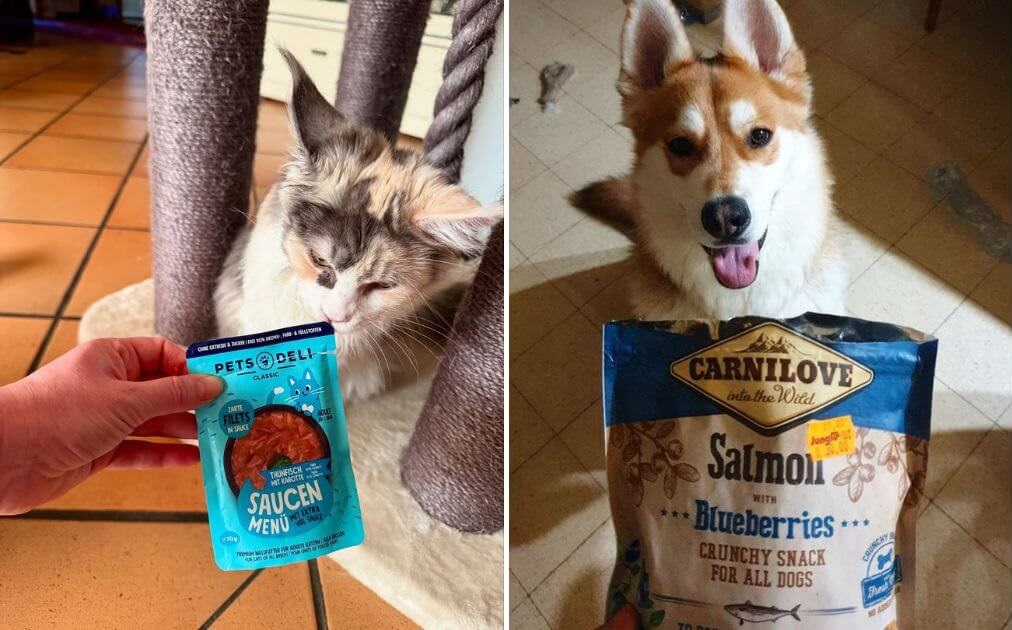How Safe Is Your Pet’s Food? FDA Sounds the Alarm After Bird Flu Found in Raw Pet Products

As pet parents, we want what’s best for our babies.
But most of the time, when it comes to their food, we don’t think twice about what we’re making them eat.
At least I didn’t.
But recently, I read a report from the FDA about a warning that made me pause.
I found out that something as “natural” as raw pet food might be carrying a dangerous surprise — and it’s not just upsetting the stomachs of our pets.
The agency is urging all pet parents to pay attention… and I’ll explain why this matters more than ever.
What Sparked the FDA’s Warning
In March 2025, the FDA issued a public warning after detecting traces of highly pathogenic avian influenza (H5N1) in raw pet food products sold in the U.S.
The discovery came after a cluster of alarming cases in household cats. Several felines in Oregon and Washington fell seriously ill after consuming raw poultry-based pet food. Tragically, a few of them had to be euthanized due to severe complications.
While the FDA hasn’t released a long list of affected products just yet, their message was clear: it’s time for pet parents to take a closer look at what’s going into their pets’ bowls.
More on the symptoms and safety steps below—because this goes beyond just one brand.
Not Just a Bird Problem Anymore
When we hear “bird flu,” most of us think of chickens or wild geese—not house cats curled up on the couch.
But this isn’t just a farmyard issue anymore. In early 2025, the virus jumped from infected poultry into domestic cats—through raw pet food that hadn’t been heat-treated or pathogen-tested.
Raw diets have grown in popularity, and I get it.
They feel natural, nutrient-rich, and closer to how our pets might eat in the wild.
I’ve considered switching my own cat over once or twice. But learning that pathogens like salmonella, listeria, and now H5N1 can live in these foods made me stop and rethink everything.
Because when a bowl of food carries more than just protein… it becomes a risk.
How to Tell If Your Pet’s Food Is at Risk
Here’s what we know so far: the affected cats showed serious symptoms that came on quickly. Even if your pet seems fine now, it’s important to stay alert—especially if you feed raw.
Symptoms to watch for:
- Fatigue or unusual tiredness
- Breathing difficulties or wheezing
- Loss of appetite or refusal to eat
- Neurological issues (in rare cases)
Take action:
- 📦 Check your packaging. Look for raw poultry-based formulas, especially from small-batch or frozen brands.
- 🧼 Visit the FDA’s pet food recall page regularly: FDA Pet Food Recalls
- 📞 Call your vet immediately if your pet shows any of the symptoms above.
Simple Ways to Protect Your Pet Right Now
There’s no need to panic—but there is a reason to pause and rethink.
Here’s what I’m doing and what I’d suggest for fellow pet parents:
- ❌ Avoid raw poultry products (especially chicken or duck) until the outbreak settles.
- 🧽 Wash your hands and pet bowls thoroughly after every meal.
- 🛒 Buy from reputable brands that conduct third-party pathogen testing and list safety practices on their site.
- 💡 Stay informed — when in doubt, stick to cooked or commercially prepared food during high-risk periods.
I’m not here to bash raw diets. If they’re working for your pet, that’s great. But with something as serious as H5N1 in the mix, it’s smart to be cautious for now.
Let’s Look Out for Our Pets — and Each Other
We treat our pets like family, so food safety should never be a guessing game.
This bird flu scare isn’t just a blip — it’s a wake-up call.
Whether you feed raw, kibble, or homemade meals, we all want the same thing: healthy, happy pets.
If you know someone who feeds their cat or dog raw, send this their way.
It could literally save a life.
